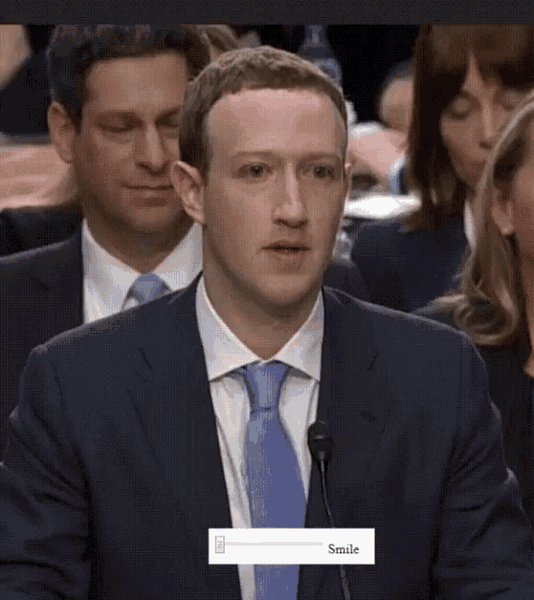Engaged Reading Digest: Content is collapsing, TikTok is toxifying and a secret(ish) tool
Another week, and more news from around the web for engaged journalists…

Three reads, some videos, a tool and a job from around the web. Enjoy.
Content Collapse is the true legacy of the social media platforms
I might well end up doing a longer post on this, once its percolated through my brain a little more, but this is a typically insightful piece from Nick Carr:
Context collapse remains an important conceptual lens, but what’s becoming clear now is that a very different kind of collapse — content collapse — will be the more consequential legacy of social media. Content collapse, as I define it, is the tendency of social media to blur traditional distinctions among once distinct types of information — distinctions of form, register, sense, and importance. As social media becomes the main conduit for information of all sorts — personal correspondence, news and opinion, entertainment, art, instruction, and on and on — it homogenizes that information as well as our responses to it.
Nick's core thesis is that while social media initially collapsed context, by pulling all interaction into a single, and often public, place, people have responded to that by recreating context through — say — WhatsApp groups. But a more Carr's idea of Content Collapse is more serious — it's like the content atomisation I talk about in my training and lecturing being amplified to the nth degree.

The Facebook PR Machine is broken
This is a fascinating analysis of what the last week or so has told us about the way that Facebook views the press, itself — and its own story:

Instagram Stories aplenty
Still struggling to figure out Insta Stories? Buffer's blog has your back:

TikTok fights toxicity with regional teams
TikTok is organising its moderation efforts by region:
The Chinese-owned app, which has amassed over 1bn monthly users in just three years, will also outsource all decision-making about what videos are acceptable to its local teams in the US, Europe and India after running into criticism about whether it is censoring content along Chinese government guidelines.
Lots of interesting stuff about its comparable levels of toxicity to the other platforms at similar stages of their development. One question goes unanswered, though: is the moderation done at the supply side, the demand side or both? Do they moderate European videos in Europe for the whole world — or do they moderate the world's videos in Europe for Europe?
TikTok told us they'd entirely localised their US content moderation team. But back at Beijing HQ, staff say content policy has a way to go: "Everyone — Bytedance's competitors included — is making it up as they go along". By @MsHannahMurphy & me @fthttps://t.co/7uyYfhDtZx
— Yuan Yang is in Taiwan (@YuanfenYang) December 20, 2019
Ssssh. Vimeo has a social video creator
One of the advantage of being an old school blogger is that I still use RSS. And sometime, posts still appear in the RSS feed after they've been deleted from the blog they were posted to — which is how I know that Vimeo has a social video creator in beta, despite the post announcing it being deleted…
Social Media Job Alert
This looks like an excellent job with The Economist's New York team.









